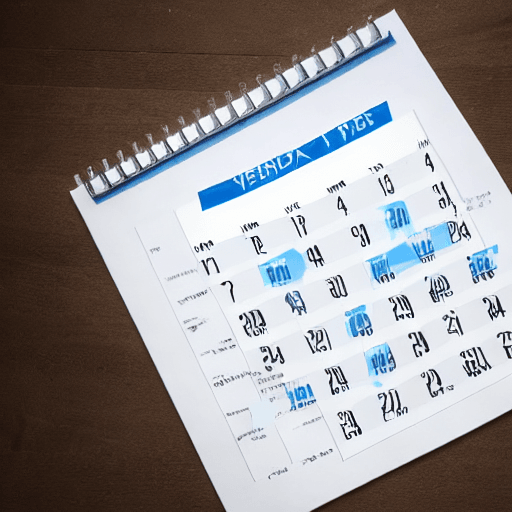

Social media marketing has become an indispensable part of modern business strategy. However, simply posting sporadically isn’t enough. Consistency is key to building a loyal audience, driving engagement, and ultimately, achieving your marketing goals. This guide focuses on a critical tool for success: the social media content calendar. We’ll delve into why they’re essential, explore different types of templates, and provide practical advice on how to create and maintain one. This is a deep dive, designed for beginners, to equip you with the knowledge and tools you need to take control of your social media presence.
Imagine trying to run a successful restaurant without a menu or a schedule. It would be chaos, right? Social media is no different. Without a plan, your content will feel random, inconsistent, and unlikely to resonate with your audience. A content calendar provides structure, ensuring you’re consistently delivering valuable content that aligns with your brand and your audience’s interests. Here’s a breakdown of the key benefits:
There’s no one-size-fits-all content calendar. The best template for you will depend on your business, your goals, and the platforms you’re using. Here are some common types:
These are the most popular and versatile option. They offer flexibility and customization. You can easily add columns for various details, such as content type, platform, date, time, copy, visuals, and links. Many free templates are available online – simply search for “social media content calendar template” to find one that suits your needs.
Several dedicated tools streamline the content calendar process. These often include features like scheduling, analytics, and team collaboration. Some popular options include:
For ultimate control, you can create your own template from scratch. This allows you to tailor it precisely to your needs. Consider including the following elements:
Now that you understand the importance and types of content calendars, let’s walk through the process of creating one. Here’s a step-by-step guide:
Creating a content calendar is just the first step. Maintaining it effectively is crucial for long-term success. Here’s how:
Here’s a simplified example of a weekly content calendar for a small bakery on Instagram:
| Day | Platform | Content Type | Copy | Visual | Call to Action |
|---|---|---|---|---|---|
| Monday | Image | Start your week with a delicious treat! 🥐 | Close-up photo of a croissant | Visit our bakery today! | |
| Wednesday | Instagram Story | Video | Behind-the-scenes look at our bakers. | Short video of bakers preparing dough | Swipe up to learn more about our ingredients. |
| Friday | Image | Weekend vibes! 🎉 Treat yourself to a slice of our signature cake. | Photo of a beautiful cake | Tag a friend who deserves a treat! |
A well-maintained content calendar is a cornerstone of any successful social media marketing strategy. By following these steps, you can create a system that helps you plan, schedule, and track your content, ultimately driving results for your business.
Do you want me to elaborate on a specific aspect of content calendar creation, such as content ideation, scheduling tools, or analyzing social media analytics?
Tags: social media content calendar, content calendar template, social media marketing, consistent posting, engagement, marketing strategy, social media planning, content planning, scheduling tools
[…] Remarketing: Scripts can integrate with other marketing channels, such as email marketing and social media, to create a more consistent customer […]
[…] rate is a crucial social media metric that measures the level of interaction your content receives. It’s not just about the […]
[…] Social Media Posts: Photos, videos, stories, and posts shared by customers using your products or services, often tagging your brand. […]
[…] Behavior: Websites visited, social media platforms used, search […]